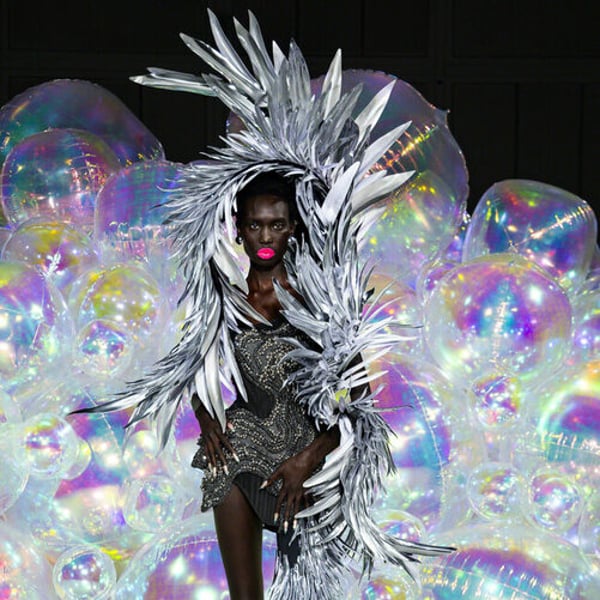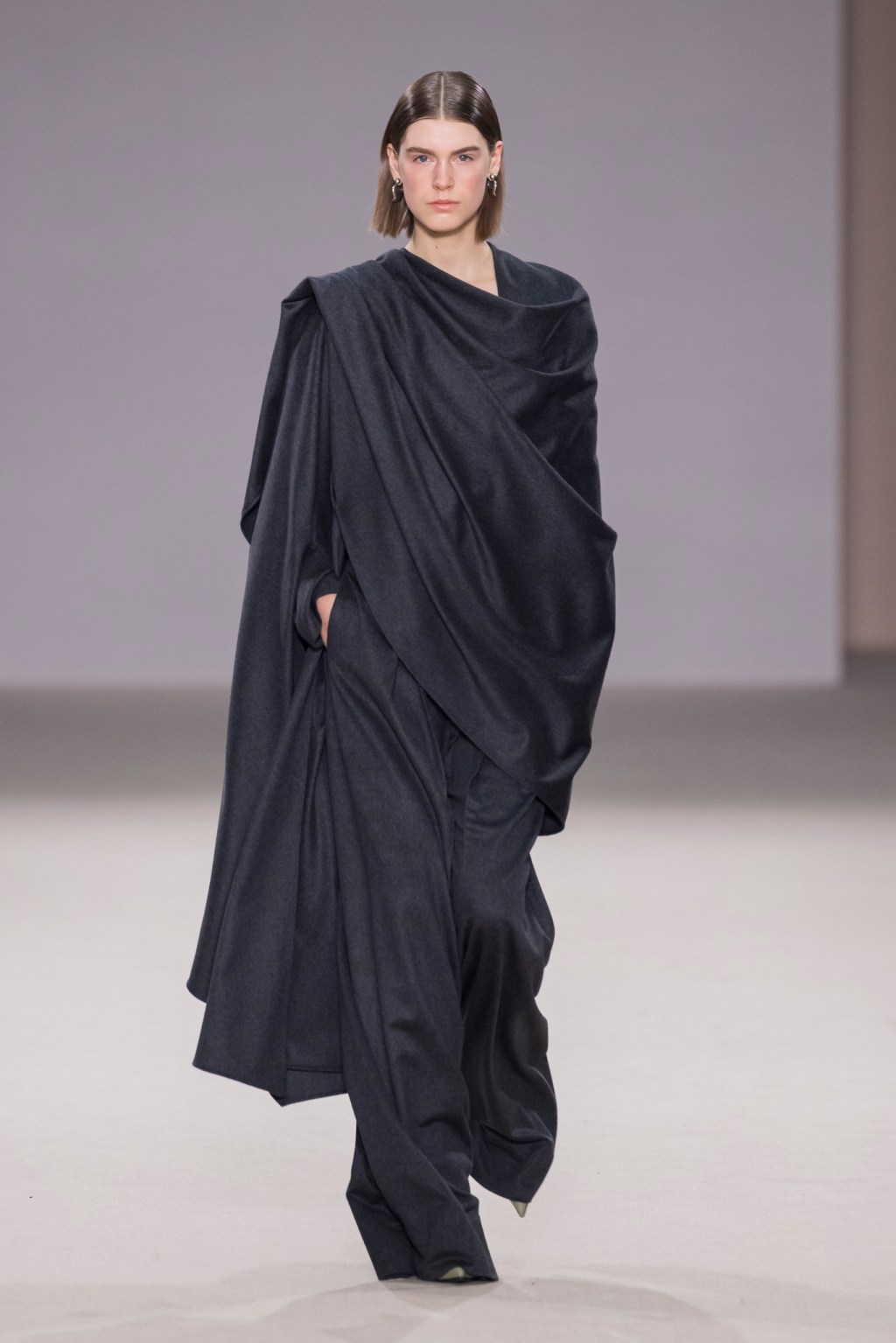By
AFP
Published
April 10, 2025
A fascinating exhibition of Cartier's jewels, many never seen in public, will open in London tracking the history of the luxurious French design house loved by the rich and famous, from Queen Elizabeth II to Rihanna.
For the first time in three decades, the V & A museum shows a retrospective of some of Cartier's most emblematic creations.
Founded in Paris almost 180 years ago, the company has been a pioneer and modernized the luxury jewelry market.
“We all think of Cartier as this wonderful epic and glamorous design name, but it is also because they are very good to create something that is ahead of time, but that does not go out of style,” said curator Helen Molesworth.
The exhibition opens on Saturday and is already exhausted for April and May, but visitors have until November 16 to marvel at about 350 brooches, tiaras, necklaces and slopes adorned with diamonds, pearls and impressive jewels of all colors of the rainbow.
The curators of the exhibition have gathered rare pieces of museums around the world, including private collections such as articles belonging to King Carlos III and Prince Albert of Monaco.
One of the exhibition masterpieces is the impressive diamond rose brooch Williamson Pink, made for Queen Elizabeth in 1953, the year of her coronation.
It contains a pink diamond of 23 carats, one of the most rare and perfect in the world, presented to the queen as a gift at her wedding with Prince Philip.
Nearby there is a tiara of 1902 with 1,048 diamonds used in the coronation of the queen by Clementine Churchill, the wife of the then Prime Minister Winston Churchill.
She was lent to singer Rihanna when she was photographed for the cover of W magazine in 2016.
There is also a sumptuous Diamond Commitment ring in square form, one of the two offered to the American actress Grace Kelly by Prince Rainier of Monaco; and a diamond rose brooch used by the queen's sister, Princess Margaret.
“We wanted to exhibit … Cartier's legacy for more than a hundred years,” said Molesworth.
In a room, the curators have gathered a collection of 18 tiaras that cover from 1900 to the modern day, a grand finale to the dazzling exhibition.
The design house was founded in Paris in 1847 when Louis-Francois Cartier took over the workshop of his teacher.
In 1898, his grandson Louis Cartier joined the brand, and had to play a fundamental role in the evolution of Cartier. And then, in 1902, his brother Pierre opened a branch in London.
“We see very early, even in early 1900, which Cartier is really looking for inspiration,” said Molesworth.
“We see inspirations from the Islamic world, from Egypt, from China, from India. The brothers … traveled. They went to Russia, went to India,” he added.
Above all, they managed to capture the changing moods of the times they lived.
After the impressive diamond necklaces of the twenty years, more sober gold bracelets arrived, designed in the 1960s.
“One of Cartier's great hits is to stay ahead of the times, be the creators of trends and realize that they keep up to date with the changing world that surrounds them,” said the curator.
During the war years, Cartier designed a brooch in 1942 of a caged bird to mark the Nazi occupation of France.
After the release of France, the design was changed in 1944. called “Free as a bird”, the brooch shows a squeaky bird, with the distinctive red, white and blue colors of France, extending its wings while it leaves its cage.
The exhibition also wanted to explore the links between the French house and the British royal family, which dates back to the early 1900s.
In 1904, King Eduardo VII officially appointed Cartier as jewelers of the monarchy, a title that retains until today.
This includes the halo tiara ordered by Queen Elizabeth II's father, George VI, for his wife the late mother queen.
Imbued with almost 800 diamonds, was used by Princess Margaret for the coronation of her sister Elizabeth of 1953 and then to keep Kate Middleton's veil in her marriage in 2011 with Prince William.
Copyright © 2025 AFP. All rights reserved. All the information shown in this section (offices, photographs, logos) is protected by intellectual property rights owned by the France-Presse agency. As a consequence, you cannot copy, reproduce, modify, transmit, publish, display or in any way commercially exploit none of the contents of this section without the prior written consent of Agite France Pressures.












